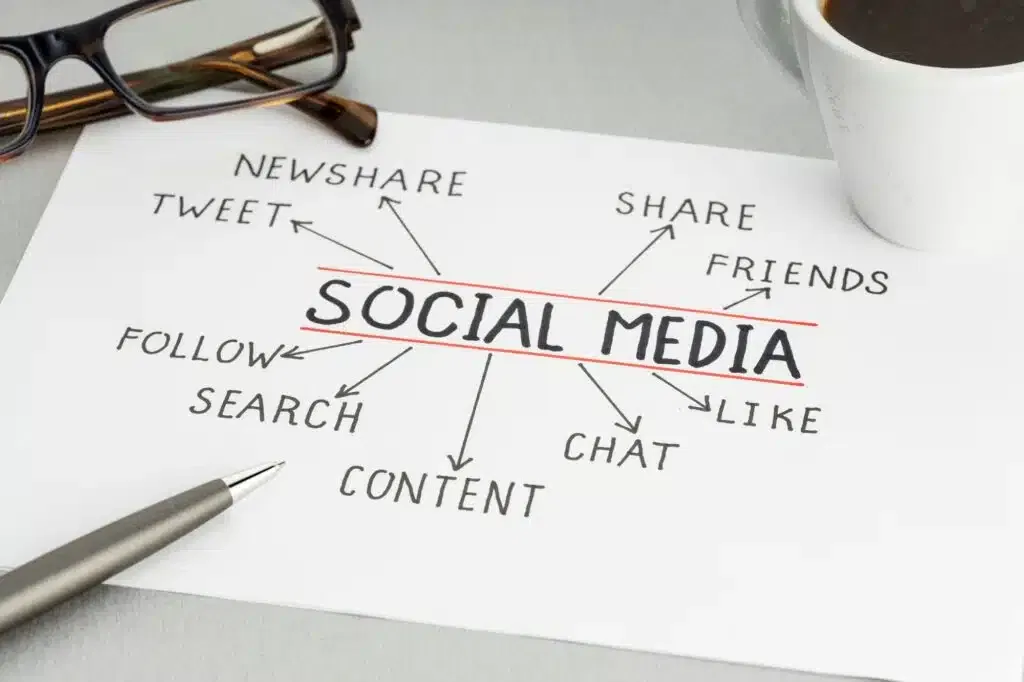In today’s digital age, website design and branding are crucial to a successful online presence. An effective website design captures and retains visitors’ attention, while strong branding builds trust and recognition. This blog explores the essential aspects of website design and branding, providing a comprehensive guide for businesses looking to enhance their digital footprint.
Understanding Website Design

The Importance of Website Design
Website design is more than just aesthetics. It involves your site’s structure, layout, and functionality, impacting user experience (UX) and search engine optimization (SEO). A good website makes it easy for visitors to find information, which can increase engagement and conversion rates.
Key Elements of Effective Website Design
- User-Friendly Navigation: Ensure your site has a clear and intuitive menu. Visitors should be able to find what they are looking for with minimal clicks.
- Responsive Design: Ensures your website looks and works well on all screen sizes, especially with increasing mobile traffic.
- Fast Loading Times: Slow websites can frustrate users and lead to higher bounce rates. Optimize images and leverage caching to improve speed.
- Visual Appeal: To create an attractive site, use a consistent color scheme, high-quality images, and readable fonts.
- Call to Actions (CTAs): Strategically place CTAs to guide users towards desired actions, such as signing up for a newsletter or making a purchase.
Branding: Creating a Strong Identity

What is Branding?
Branding is the process of creating a unique identity for your business. It encompasses your logo, color palette, typography, and overall messaging. Effective branding helps differentiate your business from competitors and builds a loyal customer base.
Components of Successful Branding
- Logo Design: Your logo is the visual cornerstone of your brand. It should be memorable, scalable, and reflective of your brand’s values.
- Color Scheme: Colors evoke emotions and should be chosen carefully to align with your brand’s message. Consistency in color use across all platforms reinforces brand identity.
- Typography: The fonts you use play a significant role in how your brand is perceived. Choose fonts that are both readable and reflective of your brand’s personality.
- Brand Voice: This includes the tone and style of your communication. Your brand voice should be consistent across all content, whether formal or casual.
- Visual Consistency: Maintain a consistent look and feel across all marketing materials, from your website to social media profiles and print materials.
Integrating Website Design and Branding

Cohesive Design and Branding
For maximum impact, your website design and branding efforts should be integrated seamlessly. Here’s how to ensure cohesion:
- Consistent Use of Branding Elements: Ensure your logo, color scheme, and typography are consistent throughout your website.
- Unified Messaging: Your brand voice should be evident in all website content, from product descriptions to blog posts.
- Visual Harmony: Use branded visuals, such as images and icons, that align with your overall aesthetic.
- Engaging Content: Create content that informs, engages, and reflects your brand’s values and personality.
Enhancing User Experience with Branding
A well-branded website enhances user experience by creating a sense of familiarity and trust. When users recognize and resonate with your brand, they are more likely to engage with your content and take desired actions.
Best Practices for Website Design and Branding

Conducting Market Research
Understand your target audience’s preferences and behaviors. Market research helps you understand your audience and create a website and branding that connects with them.
Keeping Up with Trends
Keep yourself informed about the latest trends in website design and branding. This ensures your website remains modern and competitive. However, balance trendy elements with timeless design principles to maintain longevity.
Testing and Optimization
Regularly test your website’s performance and user engagement. Use analytics tools to gather data and make informed decisions about design and content improvements. A/B testing can help determine what works best for your audience.
Emerging Trends in Website Design and Branding

Interactive and Immersive Experiences
Interactive elements such as animations, parallax scrolling, and virtual reality (VR) experiences are becoming increasingly popular in website design. These features engage users, making their browsing experience more memorable and enjoyable.
Personalization
Personalization is key to creating a relevant and engaging user experience. Tailoring content and recommendations based on user behavior and preferences can significantly enhance user satisfaction and conversion rates.
Sustainable and Ethical Branding
Consumers are increasingly valuing brands that demonstrate social responsibility and sustainability. Using eco-friendly design and clear communication about ethical practices can help attract and keep environmentally conscious customers.
The Role of SEO in Website Design and Branding

SEO-Friendly Design
An effective website design incorporates SEO best practices to improve visibility in search engine results. This includes optimizing site structure, using descriptive URLs, and ensuring mobile-friendliness. A well-optimized website attracts more organic traffic, contributing to brand awareness and growth.
Content Optimization
High-quality, relevant content that includes targeted keywords enhances both SEO and branding efforts. Content should be engaging, informative, and aligned with your brand’s voice and values. Updating your blog regularly, sharing content quickly, and incorporating images and videos can boost your SEO and connect with your audience. Updating your blog frequently can increase your website’s visibility on search engines. Making it easy for users to share your content can help it reach a wider audience. Using images and videos can make your blog more visually appealing and engaging for readers.
Link Building and Social Proof
Building high-quality backlinks from reputable websites and encouraging customer reviews and testimonials can strengthen your website’s authority and credibility. Social proof not only enhances SEO but also builds trust in your brand.
The Impact of Social Media on Branding and Website Design

Social Media Integration
Integrating social media buttons on your website allows visitors to share your content easily, increasing your reach and visibility. Ensure your social media profiles reflect your brand’s identity and consistently update them with engaging content.
Social Media as a Branding Tool
Social media platforms provide an opportunity to reinforce your brand’s identity through regular interaction with your audience. Use these platforms to share behind-the-scenes content, customer stories, and updates that align with your brand’s values and messaging.
Leveraging User-Generated Content
Encourage customers to share their experiences with your products or services on social media. User-generated content acts as powerful testimonials and can be featured on your website to build credibility and engagement.
Leveraging Analytics for Continuous Improvement

Analyzing User Behavior
Use analytics tools to monitor how visitors interact with your website. Metrics such as bounce rate, time on site, and conversion rates provide valuable insights into user behavior and preferences. This data can inform design and content improvements, enhancing overall user experience.
Implementing Feedback
Regularly seek feedback from your users through surveys and usability tests. Following their suggestions can greatly improve your website’s design and functionality, ensuring it meets their needs and expectations.
Continuous Iteration
Website design and branding are not one-time efforts. Continuously iterate and improve your website based on user feedback and evolving trends. Staying proactive in enhancing your site ensures it remains relevant and effective in achieving your business goals.
Website Design and Branding With Voyager Marketing
Website design and branding are integral to creating a compelling online presence. Businesses can create websites that attract, retain, and convert visitors by combining aesthetic appeal with strategic branding. For expert guidance in website design and branding, consider reaching out to Voyager Marketing. Their team of professionals can help you craft a digital presence that stands out in the crowded online marketplace.